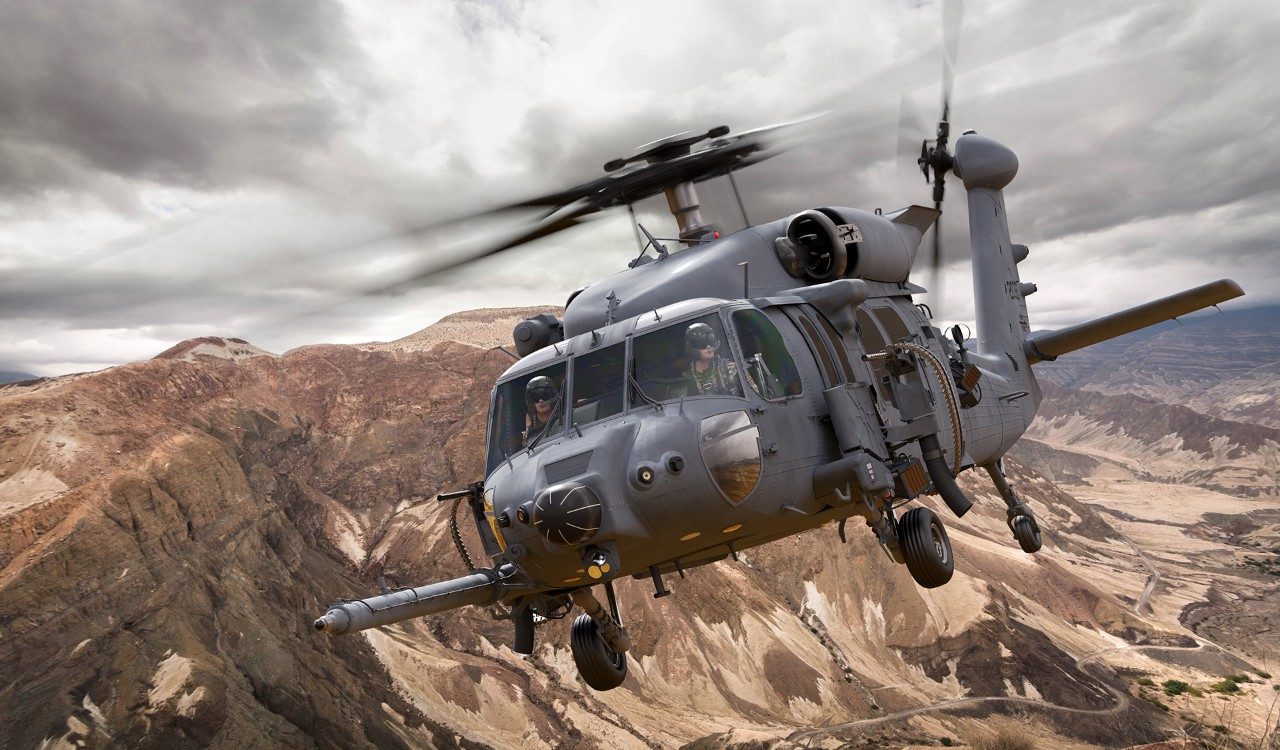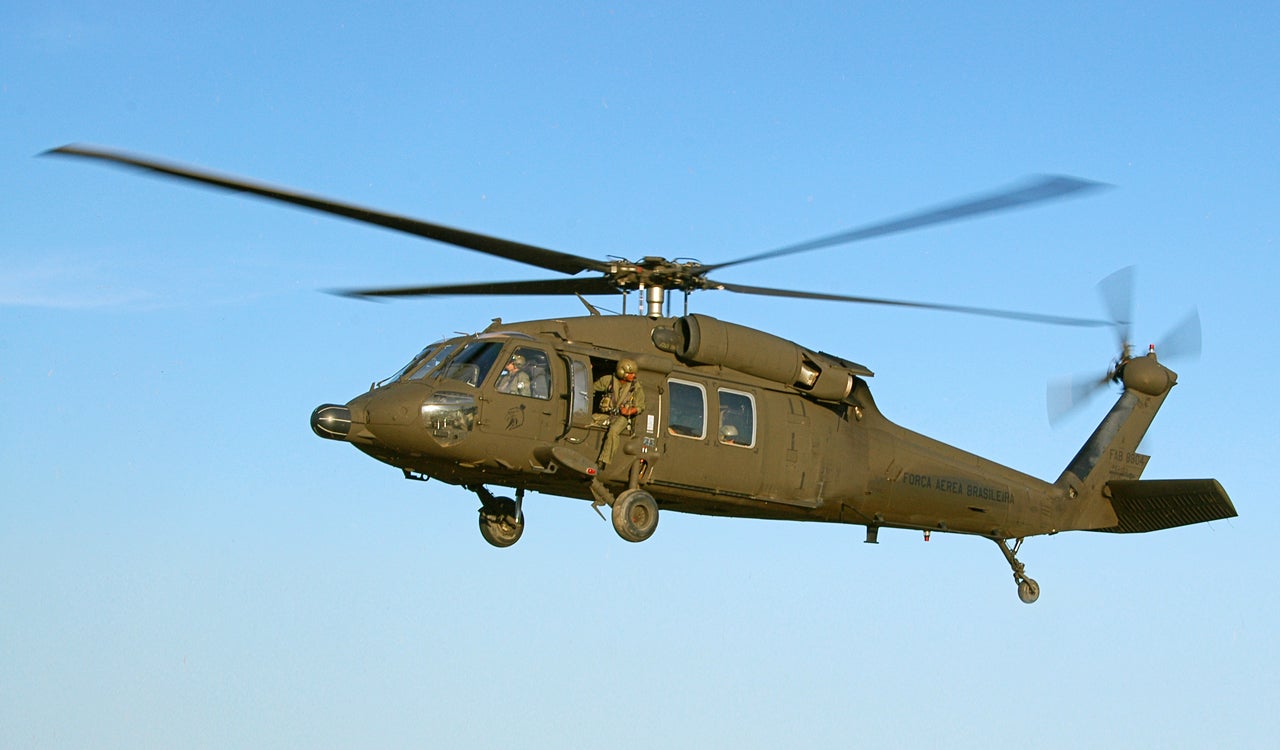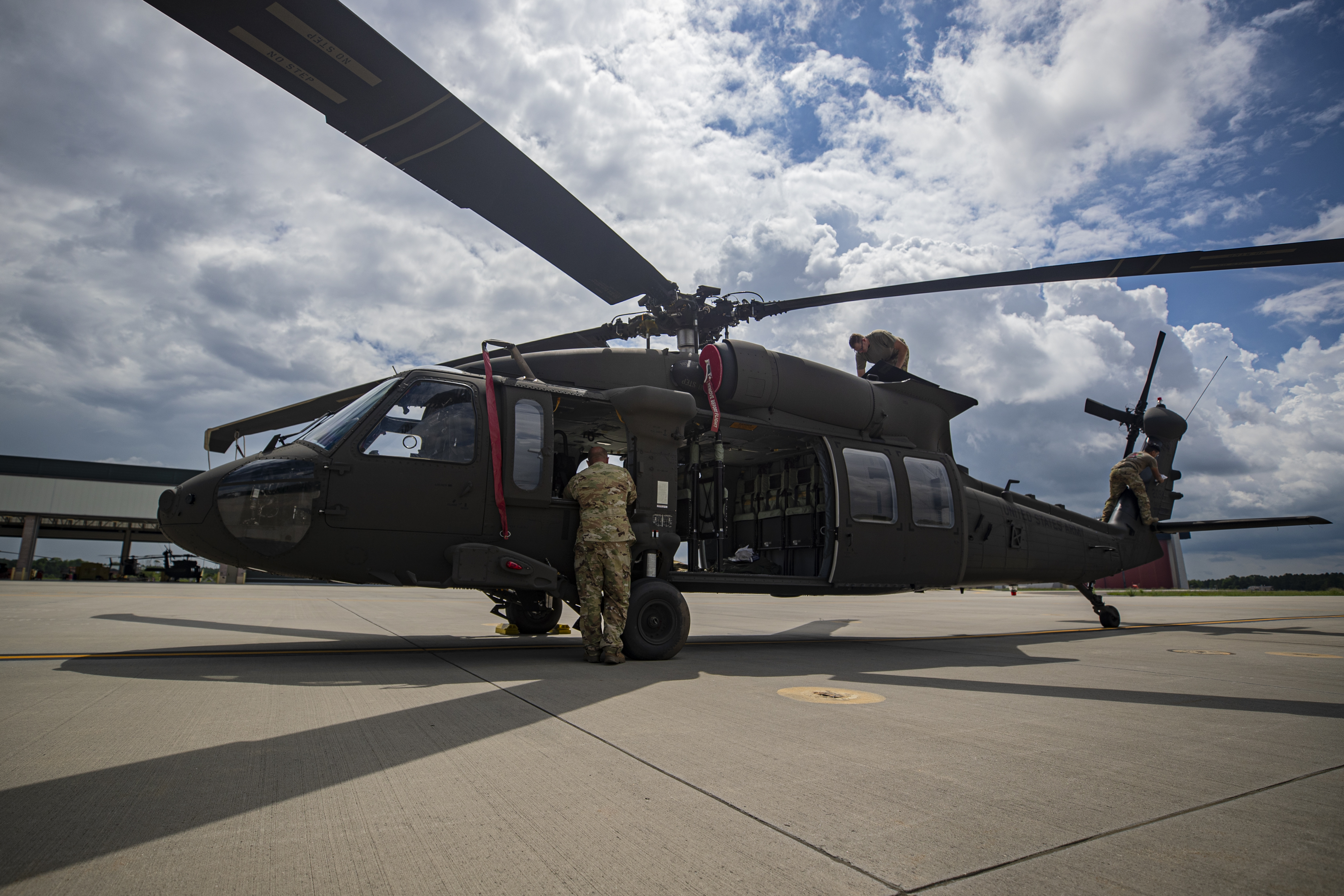UH 60 Technical Specs and Efficiency Review
UH 60 Technical Specs and Efficiency Review
Blog Article
Checking Out the Innovative Modern Technology Behind Airplane Layout and Design
The area of aircraft layout and design is witnessing a transformative shift driven by ingenious innovations that boost effectiveness, efficiency, and sustainability. As the industry grapples with the obstacles of environmental obligation, growths in lasting air travel technologies guarantee to reshape the future.
Advanced Products in Airplane Style
Exactly how can the assimilation of advanced products transform airplane layout? The consolidation of sophisticated materials, such as carbon fiber compounds, titanium alloys, and advanced porcelains, plays an essential function in enhancing airplane efficiency and efficiency. These products provide exceptional strength-to-weight ratios, allowing producers to decrease overall aircraft weight without endangering architectural stability. This decrease in weight straight contributes to boosted gas efficiency and enhanced payload capacity.
Furthermore, advanced materials exhibit enhanced resistance to deterioration and exhaustion, causing reduced maintenance expenses and extensive service life. The use of titanium in critical components assists hold up against severe temperatures and anxieties, while carbon fiber composites supply versatility in style and production procedures. This versatility permits more aerodynamic forms, adding to exceptional efficiency characteristics.
Additionally, the integration of clever products, which can change buildings in action to outside stimulations, opens new avenues for flexible systems in airplane design. uh 60. These advancements guarantee not just to enhance safety and functional performance yet also to add to sustainability efforts by reducing ecological influence through decreased discharges. In recap, progressed products are redefining the landscape of aircraft style, leading the way for much more reliable, durable, and environmentally pleasant aeronautics remedies
Aerodynamic Developments for Efficiency
Wind resistant advancements play a critical duty in improving aircraft performance, considerably influencing fuel usage and overall performance. Advancements in airfoil design, such as the intro of supercritical wings, enable maximized lift-to-drag proportions, reducing drag at transonic rates. These advancements allow aircraft to maintain greater speeds with lower gas expenditure, directly impacting functional expenses and ecological sustainability.
Additionally, the integration of winglets has confirmed effective in reducing vortex-induced drag at the ideas of wings, additionally enhancing gas performance - uh 60. This style adjustment leads to a decrease in wake turbulence, adding to improved aerodynamic efficiency during cruise conditions

Moreover, computational fluid dynamics (CFD) tools have actually revolutionized the testing and improvement of wind resistant shapes, enabling specific simulations of air movement around airplane (uh 60). This enables designers to innovate continually, making certain that contemporary airplane not only fulfill governing requirements however additionally press the boundaries of effectiveness in aviation

Role of Computer System Simulations
Computer simulations have actually become an indispensable device in the area of aircraft style, enabling engineers to carry out comprehensive evaluations and optimizations of different layout aspects. These simulations permit the virtual screening of wind resistant buildings, structural integrity, and efficiency metrics long prior to physical prototypes are constructed. By utilizing computational fluid dynamics (CFD) and finite element evaluation (FEA), designers can anticipate exactly how air moves around the aircraft and how various materials will react to tension and stress.
Moreover, computer system simulations facilitate the expedition of a vast array of situations and variables, increasing the design process and decreasing prices related to physical screening. This capability not just enhances the precision of forecasts pertaining to aircraft behavior however also supplies understandings right into possible layout improvements that might not be immediately apparent via traditional approaches.

Additionally, simulations assist make sure conformity with rigorous safety and security guidelines by allowing engineers to determine and correct possible concerns early in the style stage. The assimilation of simulation modern technologies into the airplane layout process emphasizes the considerable innovations in engineering techniques, ultimately contributing to the development of much safer, much more reliable, and environmentally pleasant airplane.
Artificial Intelligence in Design
Expert system (AI) is revolutionizing the engineering landscape, particularly in airplane style, by improving decision-making procedures and optimizing design process. Through equipment discovering formulas, AI can assess large datasets, discovering patterns and understandings that notify design choices and improve overall performance.
AI applications in view it now aircraft style consist of generative layout, where algorithms create numerous style alternatives based upon defined parameters, permitting engineers to review a wider variety of opportunities. This not just speeds up the design stage yet likewise guarantees that the end products fulfill strict efficiency and safety and security requirements.
Moreover, AI-driven anticipating analytics help with upkeep scheduling by examining historic data and forecasting prospective failures. This positive technique decreases downtime and improves aircraft integrity.
Additionally, AI help in simulation and modeling, making it possible for designers to evaluate designs under numerous conditions without the need for physical models. This capacity shortens growth timelines and reduces expenses related to conventional testing techniques.
Sustainable Aeronautics Technologies
How can the aeronautics market effectively balance development and ecological responsibility? The answer hinges on the fostering of helpful site lasting air travel technologies that prioritize performance and lower carbon emissions. Technologies such as lasting aeronautics fuels (SAFs), which are originated from renewable energies, have become an essential element in accomplishing lower lifecycle exhausts. SAFs can substantially decrease the carbon footprint of flights, making them a practical choice to standard jet gas.
Additionally, advancements in airplane layout, such as the growth of lighter products and more aerodynamically efficient shapes, add to improved fuel performance. Electric and hybrid propulsion systems are likewise getting grip, supplying a path to decrease dependence on nonrenewable fuel sources and decrease greenhouse gas emissions.
The assimilation of these modern technologies why not try these out is supported by regulative frameworks and sector partnerships targeted at establishing ambitious sustainability targets. Furthermore, digital tools like information analytics and expert system can maximize flight procedures, better improving gas effectiveness. By welcoming lasting practices and modern technologies, the aeronautics sector can not only fulfill the growing need for flight yet also play a pivotal function in resolving climate adjustment, guaranteeing an extra sustainable future for air transport.
Final Thought
The merging of innovative products, wind resistant developments, and sophisticated innovations marks a substantial development in aircraft layout and design. The integration of carbon fiber compounds, titanium alloys, and AI-driven procedures not only improves performance and effectiveness yet likewise streamlines process and anticipating upkeep.

Computer system simulations have become a crucial tool in the area of aircraft style, allowing designers to carry out thorough analyses and optimizations of different design facets.The merging of advanced materials, wind resistant advancements, and advanced modern technologies marks a considerable advancement in airplane layout and engineering.
Report this page